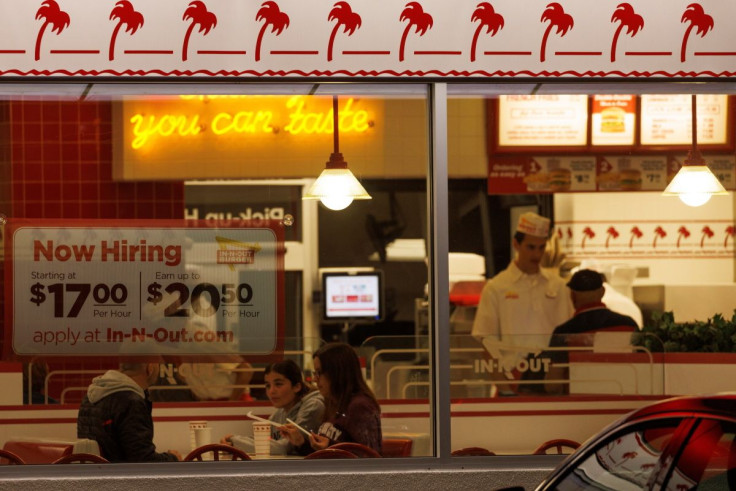US Job Openings Drop As Hiring Continues To Show Strength

U.S. job openings shrank sharply in May by over 400,000 positions, but the overall hiring picture continues to show signs of strength for the labor market.
The Labor Department released its monthly Job Openings and Labor Turnover Survey (JOLTS) on Wednesday which showed the number of job openings in May fell by approximately 427,000 positions -- slightly lower than the 455,000 positions seen in April.
In contrast, the number of quits and layoffs in the job market barely budged. According to the JOLTS report, there were 4.3 million quits that made up a quit rate of about 2.8%, while layoffs stood at 1.4 million and its rate remained unchanged at 0.9%.
These figures show that the labor market is continuing to move along strongly, despite broader concerns that the U.S. may be on the path to a recession. Analysts have noted that the labor picture remains relatively positive.
“We have seen a little bit of softening in certain industries, but the overall job market remains remarkably strong,” Julia Pollak, the chief economist at ZipRecruiter, told the Wall Street Journal.
For the better part of a year, a labor shortage has put employers in a bind. With demand sharply rising during this period, the labor shortage was widely credited with contributing to higher inflation.
These numbers arrive as the Federal Reserve continues to signal it will maintain a hawkish stance on interest rates, a position influenced partly by what it sees as a tight labor market.
In a press conference in June, Fed Chairman Jerome Powell said that the Fed wants to see this balance achieved, but added that this would require the central bank to take more steps to moderate the level of demand for workers that is contributing to inflation.
"Right now, [labor] demand is substantially higher than available supply, though. So we feel that there’s a role for us in moderating demand. Those are the things we can affect with our policy tools," said Powell.




















